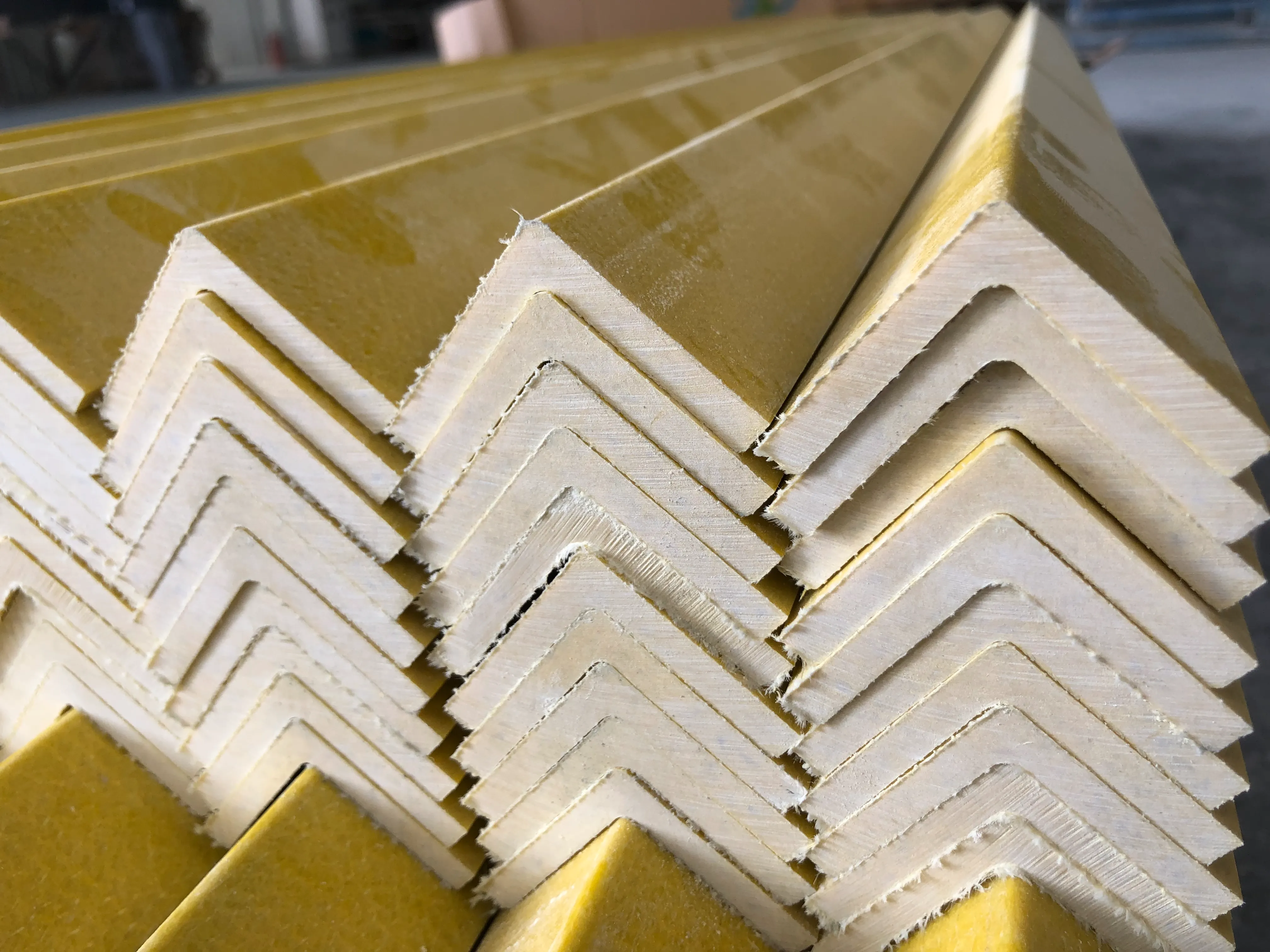loading...
- No. 9, Xingyuan South Street, Dongwaihuan Road, Zaoqiang County, Hengshui, Hebei, China
- admin@zjcomposites.com
- +86 15097380338
- Welcome to visit our website!
open floor grating
Open Floor Grating An Innovative Solution for Modern Construction
In the dynamic world of architecture and construction, the demand for innovative and efficient solutions is ever-growing. One such innovation that has been gaining traction in recent years is the use of open floor grating. This versatile material is revolutionizing the way we think about flooring in various settings, offering a range of benefits that cater to both functional and aesthetic needs.
What is Open Floor Grating?
Open floor grating is a type of flooring system constructed from a lattice of metal or other durable materials, which allows for a certain percentage of open space within the structure. This design not only contributes to a lighter overall weight but also promotes ventilation and light flow. It is commonly used in industrial settings, commercial buildings, and even residential areas, showcasing its versatility and efficiency.
Benefits of Open Floor Grating
1. Enhanced Safety One of the primary advantages of open floor grating is its ability to provide superior slip resistance while maintaining structural integrity. The pattern of the grating helps to channel water and debris away, reducing the risk of accidents. This is particularly important in areas that are prone to spills or exposure to moisture, such as kitchens, bathrooms, and industrial environments.
2. Improved Airflow The open design of the grating allows for excellent airflow, making it an ideal choice for applications where ventilation is key. For instance, in warehouses or factories, the incorporation of open floor grating helps to manage temperature and humidity levels, creating a more comfortable and productive workspace for employees.
3. Lightweight and Durable Open floor grating is often made from materials like steel or fiberglass, which not only makes it lightweight but also incredibly durable. This durability reduces the need for frequent replacements, saving time and costs in maintenance. Additionally, the lightweight nature of the material can contribute to lower shipping costs and easier installation processes.
open floor grating

4. Aesthetic Flexibility Beyond its functional benefits, open floor grating also offers aesthetic versatility. It can be customized in terms of color, design, and size to fit seamlessly into the overall architectural theme of a building. For commercial spaces, this means brands can maintain a visual identity that complements their business ethos while utilizing a modern flooring solution.
5. Sustainability As construction moves towards more sustainable practices, open floor grating stands out as a responsible choice. Many manufacturers offer grating made from recycled materials, contributing to reduced environmental impact. Furthermore, the reduced demand for artificial lighting due to the grating's light-transmitting qualities can result in energy savings.
Applications of Open Floor Grating
Open floor grating can be found in a diverse array of applications. In industrial settings, it is commonly used for walkways, platforms, and mezzanines where safety and durability are critical. In commercial buildings, it can serve as a stylish flooring option in showrooms or retail spaces, while in residential environments, it often appears in modern homes and outdoor patios to infuse an edgy design element.
Moreover, the versatility of open floor grating makes it suitable for various sectors, including healthcare, hospitality, and educational facilities. For example, healthcare environments can benefit from its easy-to-clean nature, while educational institutions may utilize it in gymnasiums and laboratories where ventilation is crucial.
Conclusion
Open floor grating represents a remarkable advancement in construction materials, balancing practicality with modern aesthetics. Its myriad of benefits — from safety and airflow to sustainability and aesthetic flexibility — make it an appealing choice for architects and builders looking to innovate. As more industries recognize its potential, open floor grating will undoubtedly play a crucial role in the evolution of modern construction practices, leading to safer, more efficient, and visually stunning spaces.
-
The Rise of FRP Profiles: Strong, Lightweight, and Built to LastNewsJul.14,2025
-
SMC Panel Tanks: A Modern Water Storage Solution for All EnvironmentsNewsJul.14,2025
-
GRP Grating: A Modern Solution for Safe and Durable Access SystemsNewsJul.14,2025
-
Galvanized Steel Water Tanks: Durable, Reliable, and Ready for UseNewsJul.14,2025
-
FRP Mini Mesh Grating: The Safer, Smarter Flooring SolutionNewsJul.14,2025
-
Exploring FRP Vessels: Durable Solutions for Modern Fluid HandlingNewsJul.14,2025
-
GRP Structures: The Future of Lightweight, High-Performance EngineeringNewsJun.20,2025
